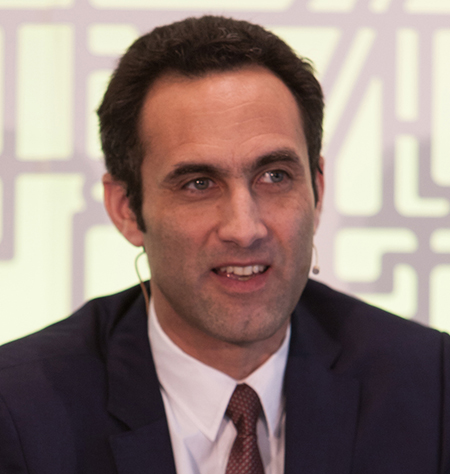Alain Bertaina, Business Development and Product Strategy Director Telecom Business at Prysmian Group, tells us how making sustainability a key consideration in the design and production of fiber cables can have environmental benefits.

As many companies across the telecoms industry set out ambitious targets to reduce their contributions to climate change, focusing on the development of sustainable fiber networks will allow global operators to play their part towards realizing a greener society.
Making sustainability a key consideration in the design and production of fiber cables will accelerate the shift towards a more environmental, ecological and circular economy by reducing the CO2 emissions that are released into the atmosphere.
As the impact of climate change becomes more severe, the fiber optic industry has a significant role to play and it is important that across the board, companies are raising their standards when it comes to circularity.
Role of sustainable design trends
Meeting the growing broadband demands requires effective, high-capacity networks, and fiber has been proven to be more energy efficient than its rivals. Its enhanced stability, reliability and long lifespan means that its impact on the environment is decreased, but still provides benefits for operators for years to come. However, the design and production processes can have a huge impact on the sustainability of fiber.
When it comes to designing a fiber cable that is both sustainable and high performing, technological advances mean it is now possible to have the best of both worlds. By following greener design trends, significant progress can be undertaken. This includes increasing the weight of the fiber preforms.
By doing so, this allows for a reduction in both the percentage of unusable glass and the set-up time during the process. The melting of glass at the beginning of the process, which consumes energy, can be carried out less frequently with larger preforms and as such, reduces the overall amount of energy consumption.
Another trend is the use of recycled materials, which can lead to a reduction in CO2 emissions. In one instance, using 100% germanium for optical fiber production can result in annual company CO2 emissions being reduced by an incredible 60%. This is the equivalent to removing circa 6,800 combustion-engine cars off the roads. Storage, product packaging and waste should all be monitored by companies on a global scale to ensure they are making sustainable changes across the entire production process.
The smaller, the better
Cables are becoming smaller while still offering a high performance, leading to a direct positive impact on CO2 emissions. If the diameter of a cable is reduced, the volume of material used will also decrease.
Not only does this have an impact on the overall CO2 footprint during production, but it also has a knock-on effect on the rest of the supply chain. Smaller cables means that more can fit into a drum, with fewer drums needed per shipment. This therefore lowers the number of carbon emissions during transport, as less vehicles are needed.
A recent trial by Prysmian Group found that 11,000 connections required six fewer full freight transports than if the conventional cable and duct system had been used. The research also showed a 31% saving on CO2 emissions, highlighting just how significant design features can be.
Meeting greener targets
It is common to see companies set out their sustainability targets and initiatives, which often span many years or even decades, but it is vital that the fiber optic production industry as a whole is raising its current standards when it comes to circularity.
Design and production features can play a vital role in meeting these targets and must be a key consideration when it comes to developing cabling solutions. Not only do they lessen the impact on the environment, but making cables smaller, reducing energy consumption in production, decreasing waste, and minimizing transportation all bring wider financial and efficiency benefits to businesses that are too important to be ignored.



